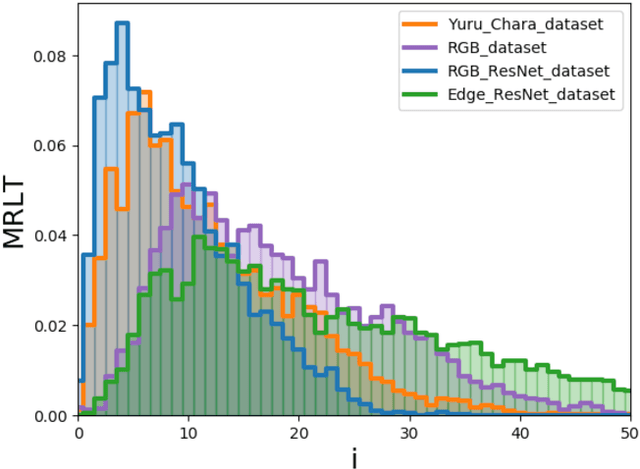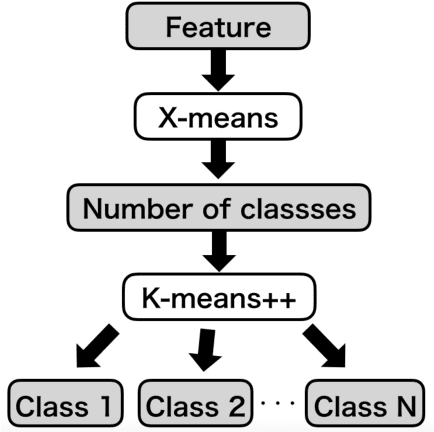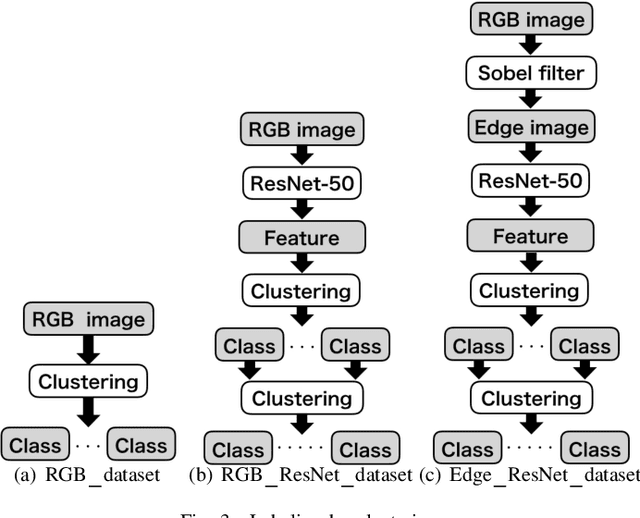Yuki Hagiwara
AI-Driven Approaches for Glaucoma Detection -- A Comprehensive Review
Oct 21, 2024Abstract:The diagnosis of glaucoma plays a critical role in the management and treatment of this vision-threatening disease. Glaucoma is a group of eye diseases that cause blindness by damaging the optic nerve at the back of the eye. Often called "silent thief of sight", it exhibits no symptoms during the early stages. Therefore, early detection is crucial to prevent vision loss. With the rise of Artificial Intelligence (AI), particularly Deep Learning (DL) techniques, Computer-Aided Diagnosis (CADx) systems have emerged as promising tools to assist clinicians in accurately diagnosing glaucoma early. This paper aims to provide a comprehensive overview of AI techniques utilized in CADx systems for glaucoma diagnosis. Through a detailed analysis of current literature, we identify key gaps and challenges in these systems, emphasizing the need for improved safety, reliability, interpretability, and explainability. By identifying research gaps, we aim to advance the field of CADx systems especially for the early diagnosis of glaucoma, in order to prevent any potential loss of vision.
YuruGAN: Yuru-Chara Mascot Generator Using Generative Adversarial Networks With Clustering Small Dataset
Apr 17, 2020



Abstract:A yuru-chara is a mascot character created by local governments and companies for publicizing information on areas and products. Because it takes various costs to create a yuruchara, the utilization of machine learning techniques such as generative adversarial networks (GANs) can be expected. In recent years, it has been reported that the use of class conditions in a dataset for GANs training stabilizes learning and improves the quality of the generated images. However, it is difficult to apply class conditional GANs when the amount of original data is small and when a clear class is not given, such as a yuruchara image. In this paper, we propose a class conditional GAN based on clustering and data augmentation. Specifically, first, we performed clustering based on K-means++ on the yuru-chara image dataset and converted it into a class conditional dataset. Next, data augmentation was performed on the class conditional dataset so that the amount of data was increased five times. In addition, we built a model that incorporates ResBlock and self-attention into a network based on class conditional GAN and trained the class conditional yuru-chara dataset. As a result of evaluating the generated images, the effect on the generated images by the difference of the clustering method was confirmed.
 Add to Chrome
Add to Chrome Add to Firefox
Add to Firefox Add to Edge
Add to Edge